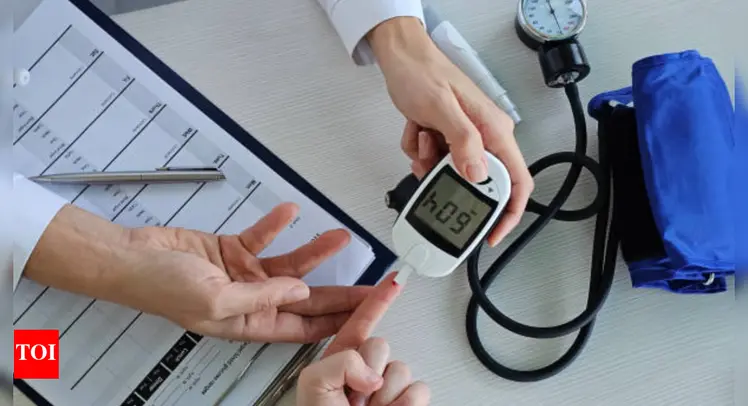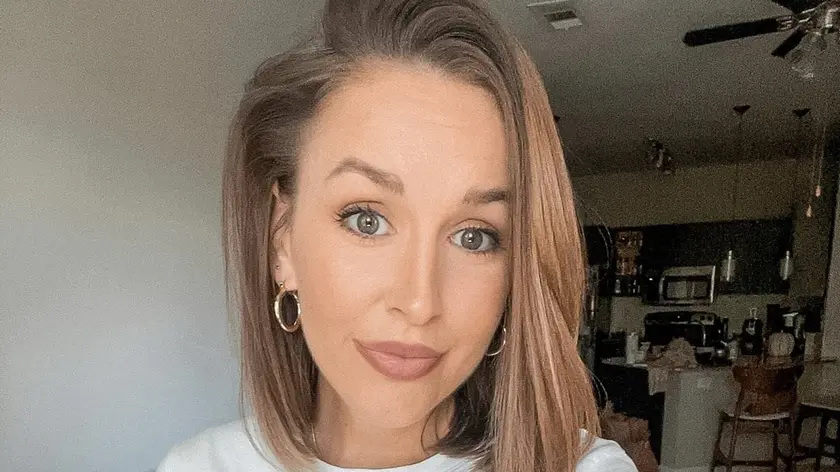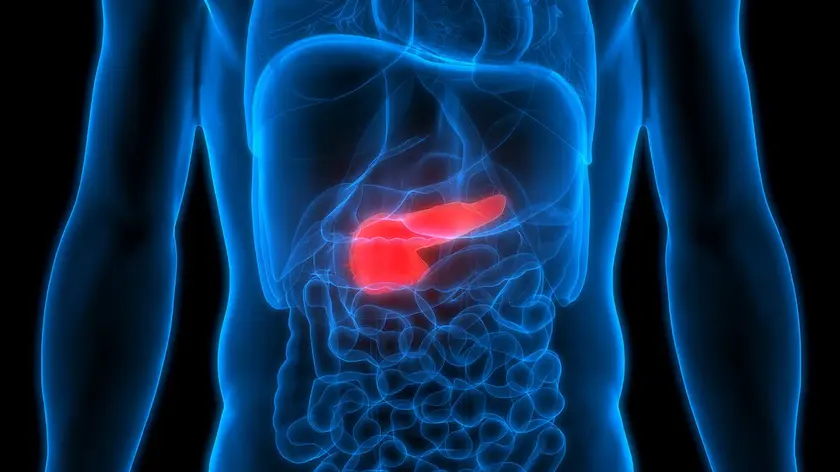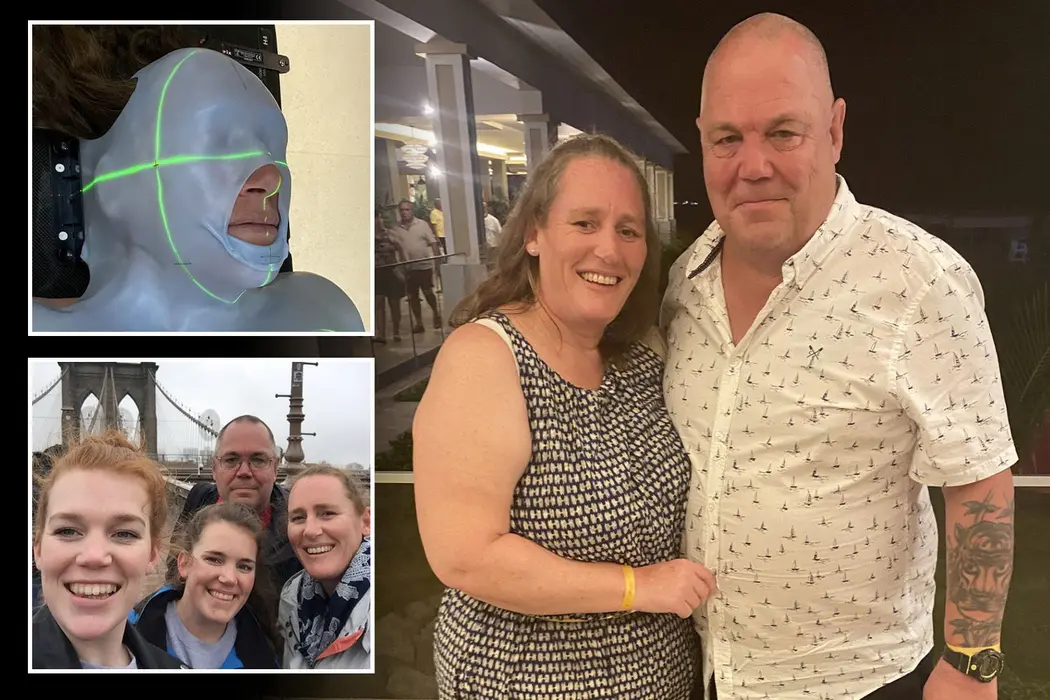T4K3.news
Pancreatic cancer warnings and early signs
Doctors say early signs can be non specific and screening options are limited. Seek medical advice if you notice new diabetes, abdominal pain, fatty stools, or jaundice.

Medical experts outline common pancreatic cancer symptoms and why early detection matters.
Spotting Pancreatic Cancer Symptoms Early Saves Lives
Pancreatic cancer accounts for about 3 percent of cancers in the United States and is more common in men than in women, according to the American Cancer Society. A 2023 study found rates rising faster in women, especially in women of color, a trend doctors say is concerning given the disease is often aggressive and hard to detect early. The five year survival rate is around 9 percent, underscoring the need for awareness about warning signs and risk factors such as diabetes and obesity.
Diagnosing pancreatic cancer is difficult. Most patients have few symptoms before the cancer spreads, and screening tests for the general population are invasive and costly. The article lists six warning signs and urges people to see a doctor if they notice sudden diabetes in someone with no risk factors, persistent abdominal pain, unexplained blood clots, fatty stools, yellow eyes, or a loss of appetite.
Key Takeaways
"It has a high likelihood of spread, or metastasis, to other organs in the body."
Dr. Neil Woody on the cancer’s aggressiveness
"Tests with high likelihood of detecting pancreatic cancer, such as endoscopic ultrasound, are invasive, costly, and may carry risks of complications that outweigh their use as screening tests for the average person."
Dr. Valerie Lee on screening limits
"Pancreatic cancer is notoriously difficult to diagnose."
Dr. Woody
The piece highlights a troubling mix of medical facts and public health realities. It shows how gender and race differences shape detection and outcomes, and it points to the limits of screening tools for a disease that rarely shows up early. The straightforward tone helps readers grasp why symptoms matter and when to seek care.
The article invites a broader conversation about practical screening paths and how lifestyle factors such as diabetes and obesity may contribute to risk. It also raises questions about how to improve access to care so that high risk groups get timely evaluations without delay.
Highlights
- New onset diabetes with no risk factors deserves a check
- Stomach pain that travels to the back can signal pancreatic trouble
- Fatty stools floating signal a pancreatic issue worth a doctor visit
- Yellow eyes should prompt medical advice sooner rather than later
Health disparities in rising pancreatic cancer rates
The article notes higher rise among women, especially women of color, which raises concerns about disparities in detection and care. Communicating this carefully is important to avoid stigma while urging timely evaluation.
Awareness should lead to clearer paths to screening and care.
Enjoyed this? Let your friends know!
Related News

Link found between sudden diabetes and pancreatic cancer

New pancreatic cancer early warning sign discovered

Pancreatic cancer risk linked to heavy drinking

Men warned to recognize signs of penile cancer

Persistent sore throat may signal cancer

After ignoring snoring, woman discovers rare cancer

Acrylic nails hid cancer warning

Stage 4 Hodgkin lymphoma diagnosed after delayed care
